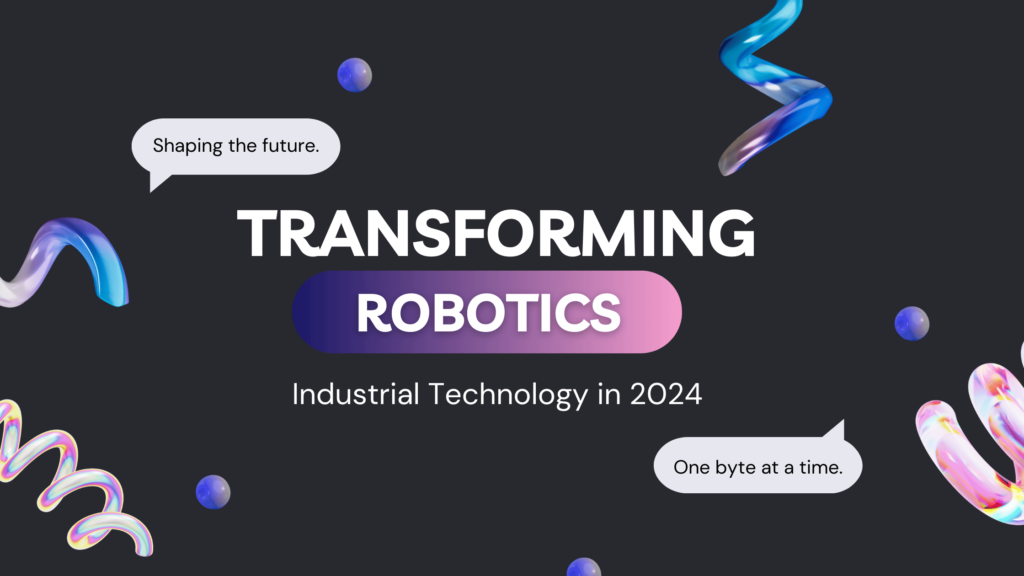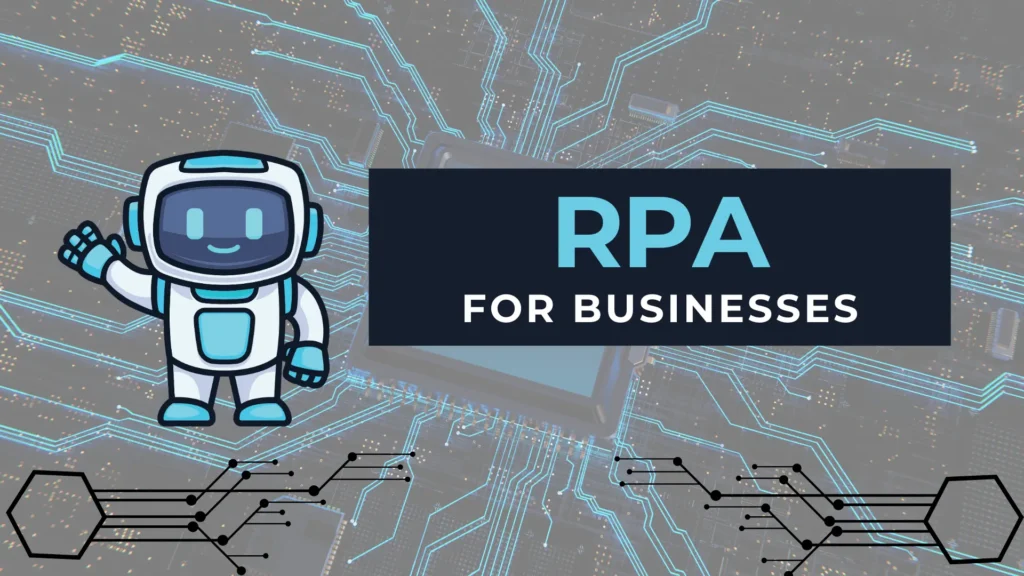Automation in Warehousing and Fulfillment
Automation has transformed warehousing and fulfillment processes, enabling faster and more efficient operations. Companies like Amazon utilize robotic systems such as Kiva robots to manage inventory and streamline order picking. These automated systems reduce errors and enhance productivity, ensuring timely delivery even during peak seasons. Advanced automation solutions also optimize space utilization. For instance, Ocado employs smart shelving systems that adapt to inventory levels, minimizing wasted space. This approach not only improves efficiency but also reduces operational costs significantly. Automated guided vehicles (AGVs) and drones are revolutionizing material handling. AGVs are widely used in warehouses for transporting goods, while drones provide quick inventory checks. Companies like Walmart leverage these technologies to maintain seamless operations and meet consumer demands. The integration of automation extends to predictive analytics, enhancing decision-making processes. By analyzing historical data, businesses can anticipate demand trends and adjust inventory accordingly. This data-driven approach ensures that companies remain competitive in dynamic markets. As automation technologies advance, they promise to redefine warehousing and fulfillment. With innovations like AI-powered robots and IoT-enabled systems, the future of logistics will be faster, smarter, and more adaptable, driving growth and improving customer satisfaction.


